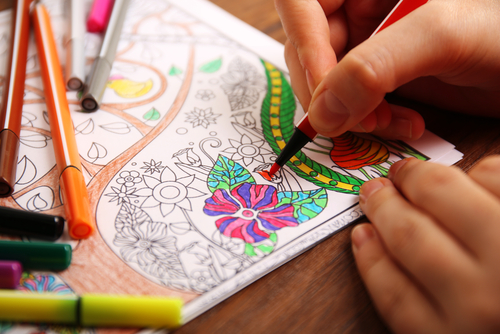Almost every human on the planet will experience trauma in their lifetimes. This is a fact. Trauma is no longer defined as being a soldier experiencing the active battlefields of war. Life is an active battlefield. When circumstances are taken out of our control, it can feel like war. Trauma cannot be defined by someone outside of a situation looking when. If a traumatic episode causes stress, distress, and ongoing mental health issues, the situation was traumatic.
Though most people will experience trauma in their lifetimes, they will not likely experience post traumatic stress disorder. PTSD is a specific clinical diagnosis given to those who have extreme reactions to trauma for an enduring amount of time. To be fully diagnosed with PTSD one has to meet specific clinical requirements. However, many people have symptoms similar to PTSD which negatively influence their ability to have relationships, perform at work, develop emotionally, and manage stress. Trauma, even though it might not be displayed through obvious symptoms like hyperarousal and hallucinatory flashbacks, can be debilitating and often lead to substance abuse.
Drug and alcohol abuse is an obvious answer to trauma. Euphoria, analgesia, hallucination- many of the physical and psychological effects of drugs and alcohol provide escape from trauma. Until trauma is worked through with a professional psychologist, one who has experienced trauma continues to live with it. Overlooking the presence of any kind of trauma in one’s life when attempting to treat their substance abuse problems is ineffective.
Treating addiction without treating trauma is like putting Neosporin on a severed limb. Regarding trauma with care and delicacy is essential for healing during the treatment process. How someone relates to their world is defined by mental illness. That mental illness can be enhanced or worsened by the experience of living with untreated trauma.
Defining Trauma
Bullying is trauma. Verbal abuse is trauma. Watching a sibling be taken away is trauma. Living in a non-emotional household is trauma. Rape is trauma. Divorce is trauma. Anything which creates a significant and life-altering impact is trauma. Your trauma does not have to meet any specifications. If it is affecting you, it is traumatic.
You do not have to live with the pain of trauma forever. Healing is possible for both trauma and addiction. The integrative and healing programs at Enlightened Solutions are designed to help you find peace in your life through recovery. For more information, call 844-234-LIVE.





















